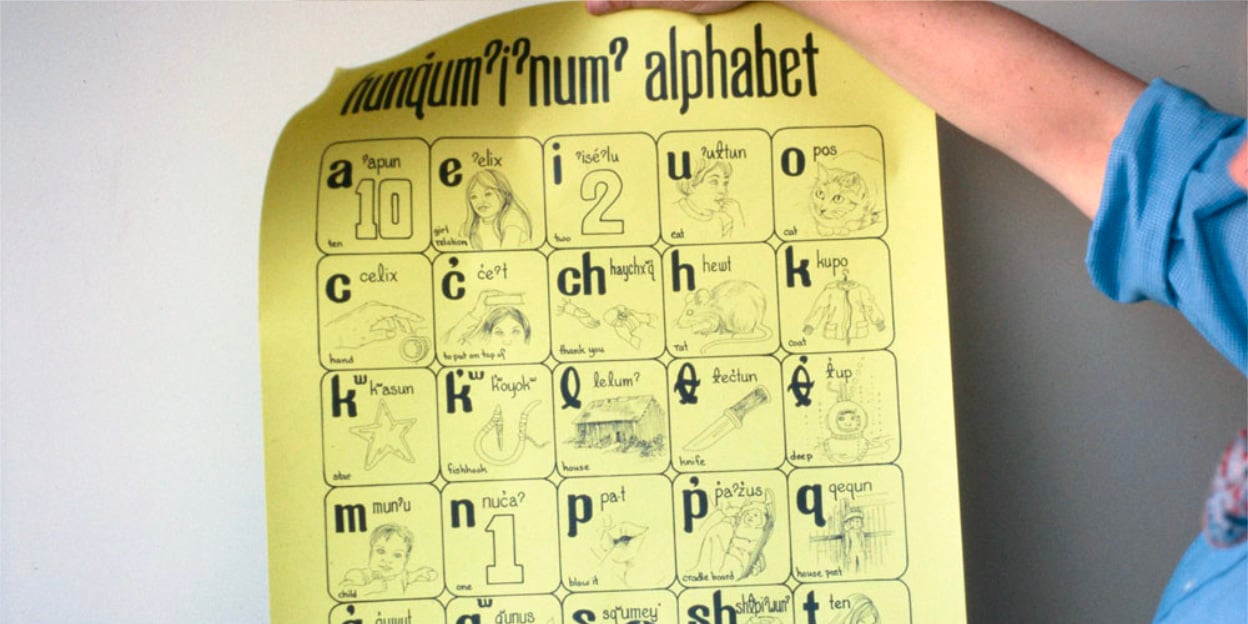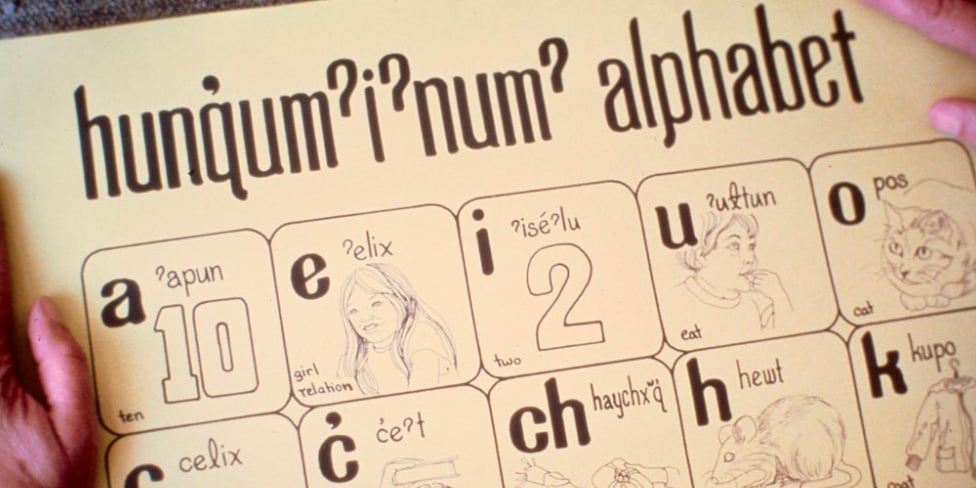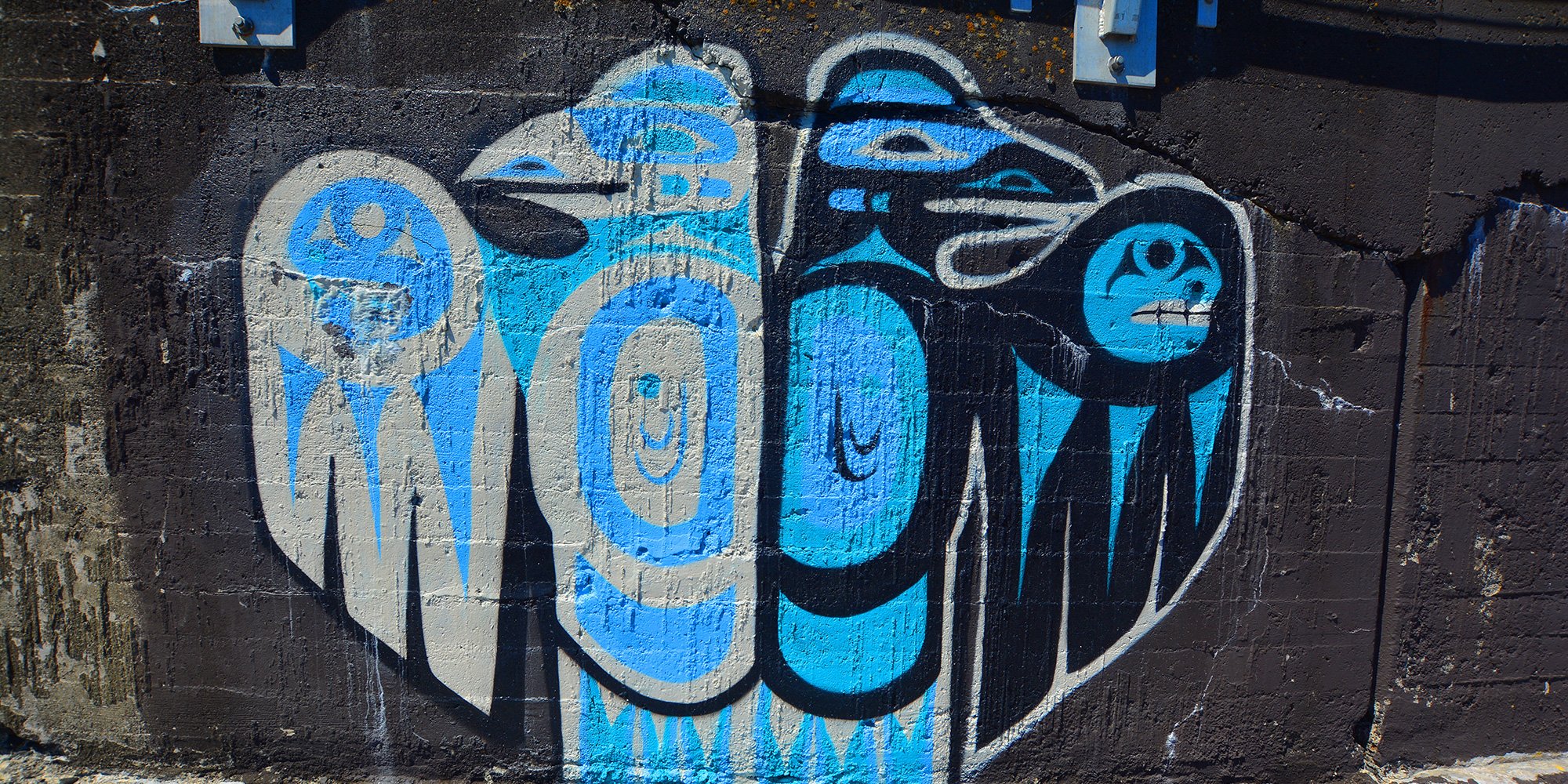Indigenous Language Immersion
Indigenous languages the world over are in jeopardy. So much so that the United Nations declared 2019 the International Year of Indigenous Languages...

Here are some comments we received on one of our social media channels. We appreciate feedback because it provides an opportunity to answer questions and address common grudges non-Indigenous Canadians hold against Indigenous Peoples.

While we prefer to hear from people who want to contribute meaningfully to the conversation as we look for paths and bridges to reconciliation, we acknowledge that there are many out there who are not ready to step on those paths or cross those bridges. Our goal with the blog is to provide a resource for people interested in learning more about Indigenous Peoples in Canada.
We have copied and pasted the comments, as written, and addressed each one individually.
Comment:
Of course why should the Indians be responsible and keep records of the hard earned tax dollars they are GIVEN in part, to prevent them from assimilating into the rest of the civilized country by getting jobs to buy food.
Response:
It is our understanding that this comment is in regard to the First Nations Financial Transparency Act (FNFTA), which received Royal Assent in March 2013. The legislation required publication of First Nations financial information online as of September 1, 2015. Withdrawal of funds for non-essential services was threatened as a repercussion for non-compliance.
“Non-essential” is undefined, but one might think that reliable access to clean drinking water would be an essential service. “As of August 31, 2015, there were 142 Drinking Water Advisories in effect in 96 First Nation communities across Canada, excluding British Columbia.” [1]
In reality, First Nations were already mandated to produce their financial statements as part of their funding agreements with the federal government - this Act took it one step further to make the information available to the public domain.
The FNFTA also requires Firsts Nations to make public online revenues from non-taxpayer-supported enterprises, such as band-owned businesses.
There was quite a bit of media attention directed at chiefs whose salaries were exorbitant while their community members were living in poverty. I agree that every elected official, Indigenous and non-Indigenous, should be held accountable.
Comment:
What was Mr. Harper thinking. These people are helpless irresponsible children that need to be molly coddled for ever and ever .... Furthermore, those chiefs need to be free to spend in secret and screw their non-relative band members. Indian Nations on welfare ... some nations? Disgusting, but you win because the end is near.
Response:
This comment, we believe, refers to federal funds transferred to First Nations. In order to understand that relationship, you have to be familiar with the 1867 British North America Act (BNA). The BNA decreed “Indians and lands reserved for the Indians” an exclusive jurisdiction of the federal government. The government, under the BNA, has a fiduciary duty to provide programs and services such as education, health, social services, water (please see above), infrastructure, housing, roads and waste management to First Nations. It is similar to what other communities in Canada receive from provincial and municipal levels of government.
As for the future, I see a country where First Nations proudly return to self-reliance, self-government and self-identification. The current Crown - First Nation relationship is based on the assimilation policies of the federal government which were introduced by Canada’s first prime minister, John A. Macdonald. These assimilation policies, many under the umbrella of the Indian Act, include residential schools since labeled cultural genocide, outlawing cultural practices such as the potlatch, forced removal of populations from their traditional lands and placement on reserves, restricted movement so employment off reserve was curtailed, undercut ability to conduct trade to name a few objectives and outcomes of the federal government’s assimilation policies.
These acts of legislated, forced and attempted cultural assimilation destroyed ancient, efficient and sophisticated traditional governance structures, broke cultures and destroyed the family unit. The goal, according the Prime Minister Macdonald was to “do away with the Indian problem”.
I see a future that includes a pluralistic society where there can be a difference and we’re tolerant of differences - we don’t try to make people like us.
[1] Health Canada website
If you are looking for a free resource on terminology, why not download our free ebook:

Indigenous languages the world over are in jeopardy. So much so that the United Nations declared 2019 the International Year of Indigenous Languages...

Of the most spoken languages in the world, English is third after Mandarin Chinese and Spanish. But English is the most commonly spoken second...

DecolonizationDecolonization once viewed as the formal process of handing over the instruments of government, is now recognized as a long-term...